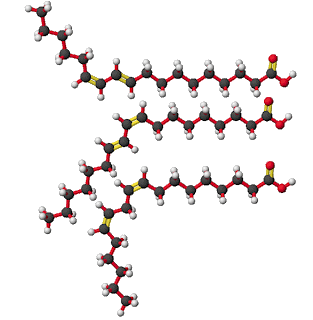Detox Side Effects Signs of Positive Results
When doing any detoxification program, it is important to note some of the known detox side effects involved. A successful program leads to release of toxins, getting rid of harmful bacteria, parasites and candida (yeast overgrowth). All these waste will be entering your body system and needs to be eliminated. Therefore, we will usually experience issues like:
- Headaches
- Fever
- Chills
- Diarrhea
- Nausea
- Skin rashes
- Drowsiness and fatigue
- Sleep interruptions
- Thirst
- Loss of appetite
- Increased urination
Your body has begun clearing the toxins and is beginning to rejuvenate, repair, and heal. It is still in its detox mode but with a more effective way of eliminating the waste from our body.
We have to remind ourselves that the number of years of introducing toxins into our body and damaging it can not be easily resolved by a mere short detox period.
It has to be a consistent and gradual effort where we allow our body to run in cycles of elimination during the healing crisis. We should let our body “run in” and restore its healthy state.
Especially during cancer cleansing, our body suffers from bouts of side effects and cycles of more energy. This is because of the chemotherapy or radiotherapy treatments as well as pumping up the body’s immune function to fight against the cancer cells.
Therefore, during the healing crisis we should remember to drink a lot of water and take more rest. This will increase our toxin elimination process and allow body system to activate its necessary repair work.
My personal experience with detox side effects was knocking out within 30 minutes after taking my first multi-vitamins. I slept throughout the night from 10:30pm onwards and woke up the next morning more alert.
This was apparent because I worked every day until 2am and only sleep from 2:30am to 6:45am. The amount of stress I am putting on my body was tremendous. The supplements took its effect by putting my body system into the rest mode that it badly needed for a long time.
This healing crisis dragged on for about 1 week but it got better as time passes. Now I definitely function with a sharper mind and has gotten rid of any lethargic feel during the late afternoons. This boils down to my detox diet and supplements giving my body the necessary repair and is feeding the system with the necessary nutrition to function optimally.
For people who are used to a heavy high glycemic carbohydrate diet or caffeine drinks or smoking or even drinking, then during your detox period you can go into a withdrawal syndrome. So we must be prepared for this type of situation to occur and mentally be ready to overcome this tough period of strong craving.








